Blenheim Palace: The story of the English answer to Versailles
Blenheim Palace, Oxfordshire — the seat of the Duke of Marlborough — is one of the outstanding palaces of Baroque Europe, and was planned as both a residence and national monument. John Goodall revisits this extraordinary building; photographs by Will Pryce for Country Life.
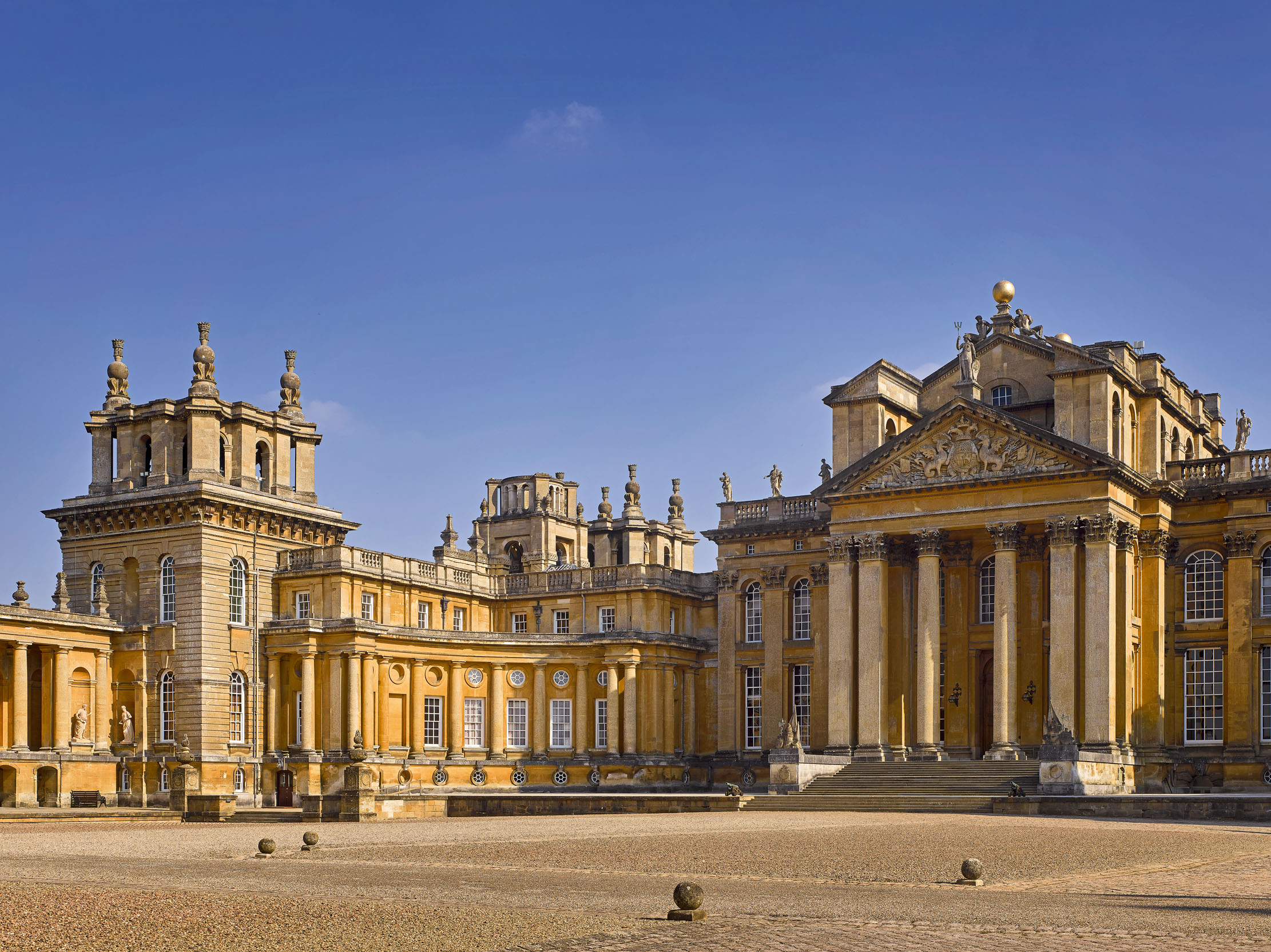

Towards the end of the day on August 13, 1704, John Churchill, Duke of Marlborough, exhausted by an intense day of fighting near Blindheim, a village on the Danube, famously scrawled a note to his wife on the back of a tavern bill: ‘I have not time to say more but to beg you will give my duty to the Queen and let her know her army has had a glorious victory.’ The battle of Blenheim — as the name has been anglicised — was, in fact, a confrontation between a Franco-Bavarian army and the forces of a grand alliance of European powers, including the Dutch republic, Austria and Britain, over control of Spain and its empire. It was the first major defeat inflicted on a French army in the field for 50 years and was crowned by the capture of Louis XIV’s commander-in-chief, Marshal Talleyrand, who waited in the Duke’s coach as he scribbled his hasty message.
News of the victory spread across Europe (the note took eight days to reach England), bringing many rewards for the Duke, joint commander-in-chief of the allied forces. One of the first honours came from the Emperor Leopold I, who created him a Prince of the Holy Roman Empire just over two weeks later. The Duke was sufficiently confident to request in return that the dignity should be attached to lands, revenue and a vote in the Imperial Diet (the following November, he was awarded the Swabian lordship of Mindelheim, which he subsequently visited once in 1713 for four days and described as a ‘place I liked much better then expected but not so as to think of living there’). Rewards also awaited him in Britain at the end of the campaigning year.
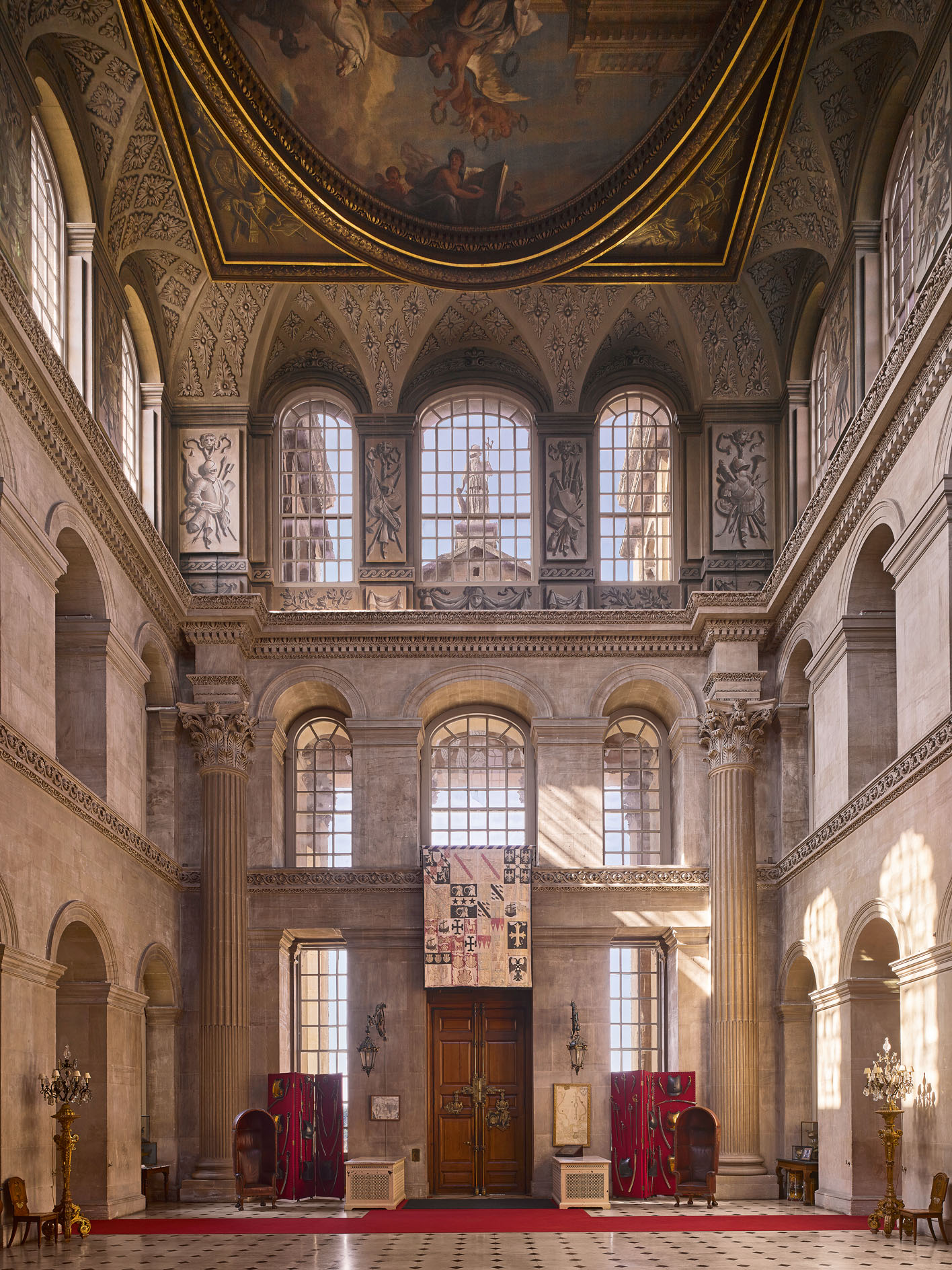
According to a court deposition made 16 years later, in 1720, the soldier and playwright-turned-architect Sir John Vanbrugh was approached near Christmas time by the Duke to build a new house in Woodstock Park, Oxfordshire. According to Vanbrugh, the Duke intended to pay for the building himself. If the architect’s recollection is correct, the Duke must have had verbal promise of this property from Queen Anne immediately on his arrival, either directly or through his wife, Duchess Sarah, the Queen’s companion and confidant. We can infer this because the royal grant of Woodstock by Queen Anne, with an attached landholding of 22,000 acres in Oxfordshire and a princely annual revenue of about £6,000, actually followed nearly a month later on January 28, 1705.
Woodstock was a particularly felicitous gift: it was the birthplace, in 1330, of Edward III’s son, the Black Prince, a founding member of the Order of the Garter; victor of the battles of Crécy and Poitiers; captor of Jean II of France and a patriotic hero. No less memorably, Woodstock Manor also had a romantic association as the former home of the mistress of Henry II, Rosamund Clifford, who was reputedly poisoned by Eleanor of Aquitaine. It’s no coincidence that, almost exactly two years after the royal grant of Woodstock, this story was retold in one of the first attempts at a full English opera, Rosamond, with a libretto by Joseph Addison set by Thomas Clayton. Performed in Drury Lane and subsequently published with a dedication to the Duchess of Marlborough, it was replete with an evil French queen and a vision of the future Ducal residence which would one day become Blenheim Palace, and which was by then rapidly rising from the ground.
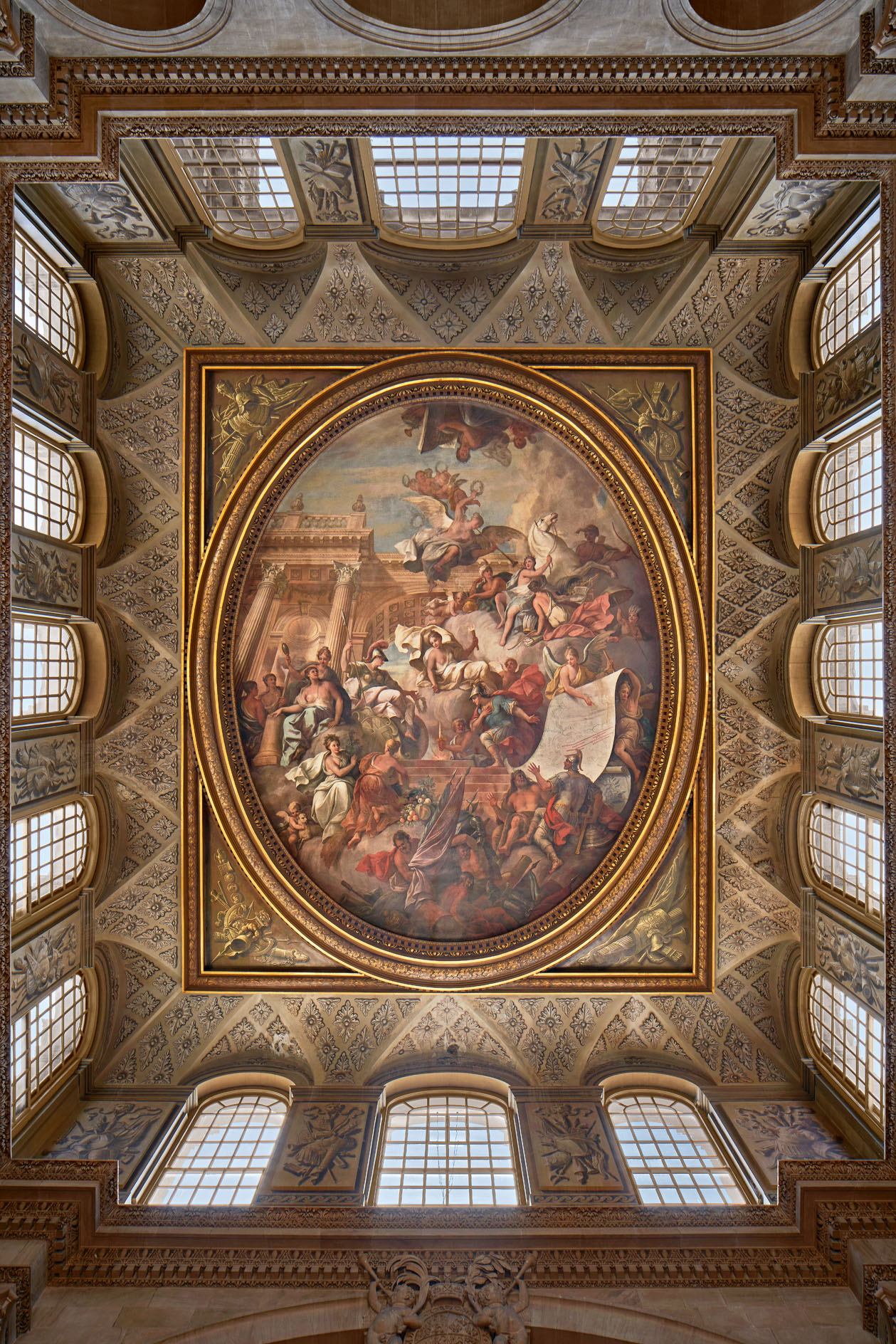
In February 1705, Vanbrugh and the Duke met on site at Woodstock for the first time to discuss plans for this new building. By the time they did so, the Duke had seen the designs that Vanbrugh had drawn up in 1699 — with the assistance of Nicholas Hawksmoor — for his first architectural commission, Castle Howard, North Yorkshire. The Duke clearly admired this creation, but regarded it as an architectural benchmark that should be exceeded in every particular by his own.
Further encouraging this grandiose vision was an understanding with the Queen that her generosity would also extend to the expense of erecting the building itself. She clearly wished this creation not only to be a family seat, but a monument to the victory. To this end, it was named Blenheim and the symbolic rent for the estate was to take the pointed form of the presentation at Windsor by the Duke and his heirs of a copy of the French standard captured on the battlefield. This rent remains due each year on the anniversary of Blenheim.
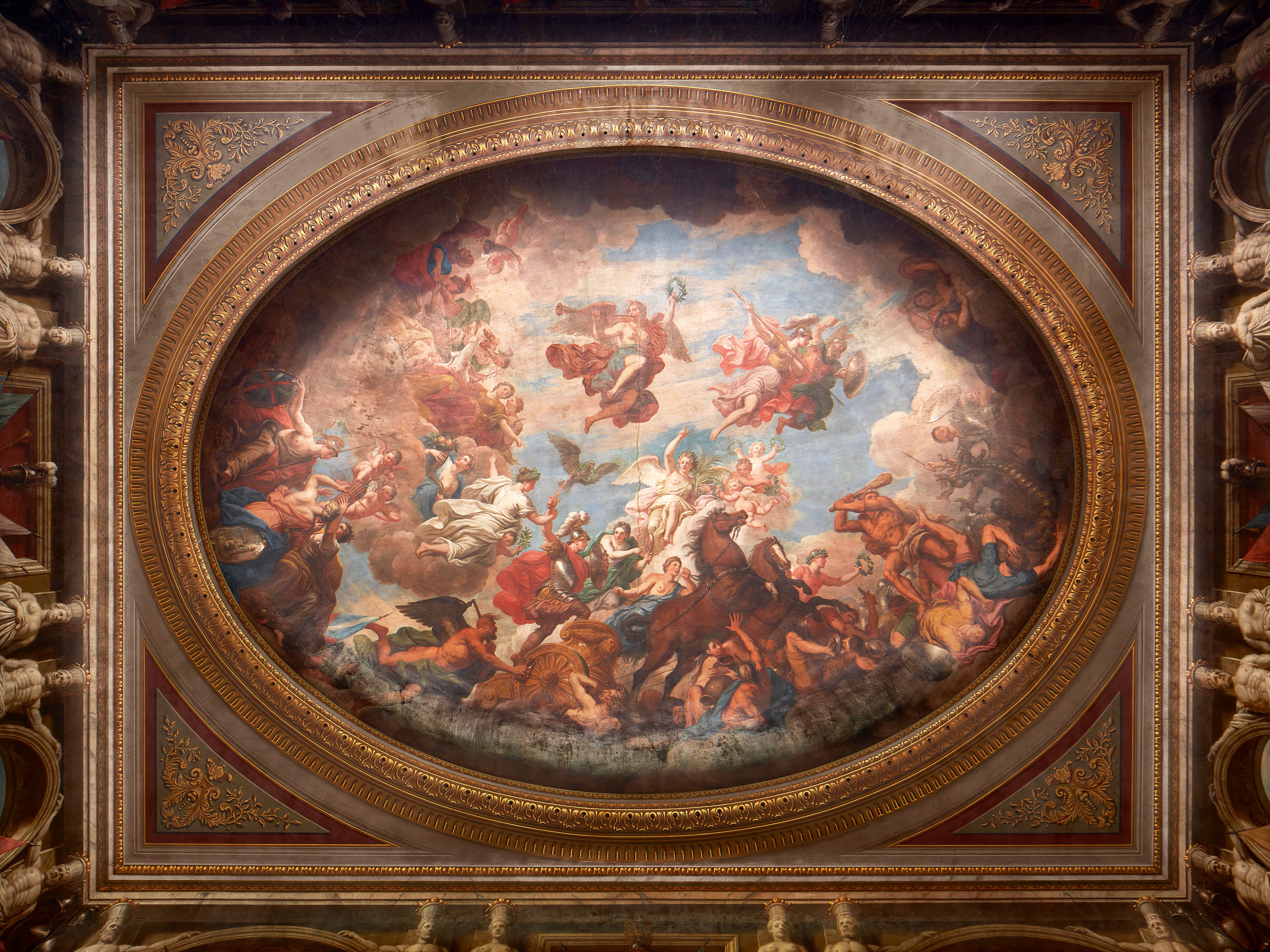
Some years later, in a letter dated September 30, 1710, Vanbrugh summarised his understanding of the brief: ‘I found it the opinion of all people and of all parties I conversed with, that although the building was to be calculated for, and adapted to, a private habitation, yet it ought at the same time, to be considered as both a royal and national monument, and care taken in the design, and the execution, that it might have the qualities proper to such a monument viz. beauty, magnificence and duration.’ Blenheim, in short, was meant to be a prodigy and, with the resources of the realm at his disposal, Vanbrugh did not constrain his vision. Its sheer scale was unparalleled in contemporary Britain and would have immediately invited comparison to Versailles, the nonpareil of European palaces.
Sign up for the Country Life Newsletter
Exquisite houses, the beauty of Nature, and how to get the most from your life, straight to your inbox.
Although the plans of the building changed considerably over time, something close to the final design was published in the first part of Colen Campbell’s Vitruvius Britannicus (1715). As described by Campbell, ‘the manner is grand, the parts noble, and the air majestick of this palace, adapted to the martial genius of the patron...’ This latter quality was celebrated both in the ornament of the building with military trophies and its original title, ‘Blenheim Castle’.
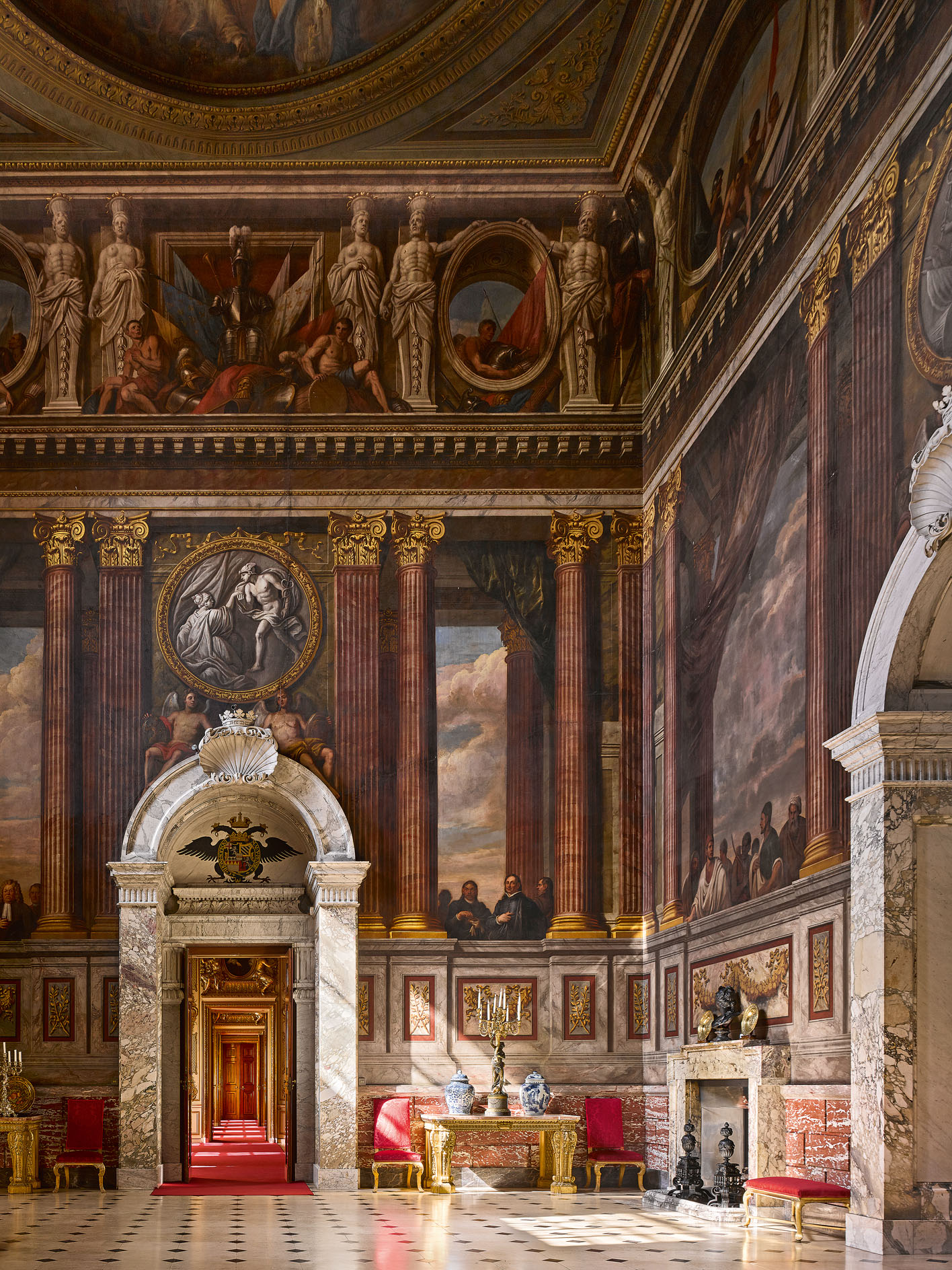
Both Vanbrugh and Hawksmoor were well versed in medieval castle architecture and their knowledge of it shines through the spectacular outline of this building, its great angle towers and the rugged articulation of the masonry. Yet this is really a Classical castle suitable for a general of Britain in its newly assumed character as an Imperial power and second Rome. Borrowing Hawksmoor’s description of Castle Howard, as ‘the seat of one of the chief nobles of Britain, it is both a castle and palace conjoined’.
In April 1705, the royal gardener, Henry Wise, began directing the clearance of the site, which faced the ruinous medieval manor of Woodstock across the valley of the River Glyme. By May, about 1,500 men were busy here and, on June 18, 1705, a massive foundation stone 8ft sq was laid by Vanbrugh. He was by now appointed the surveyor of the project and Hawksmoor his assistant. Both men were concurrently active on numerous other projects as work to Blenheim progressed and the latter, partly as a consequence of his attendance here, became involved in the redevelopment of nearby Oxford.
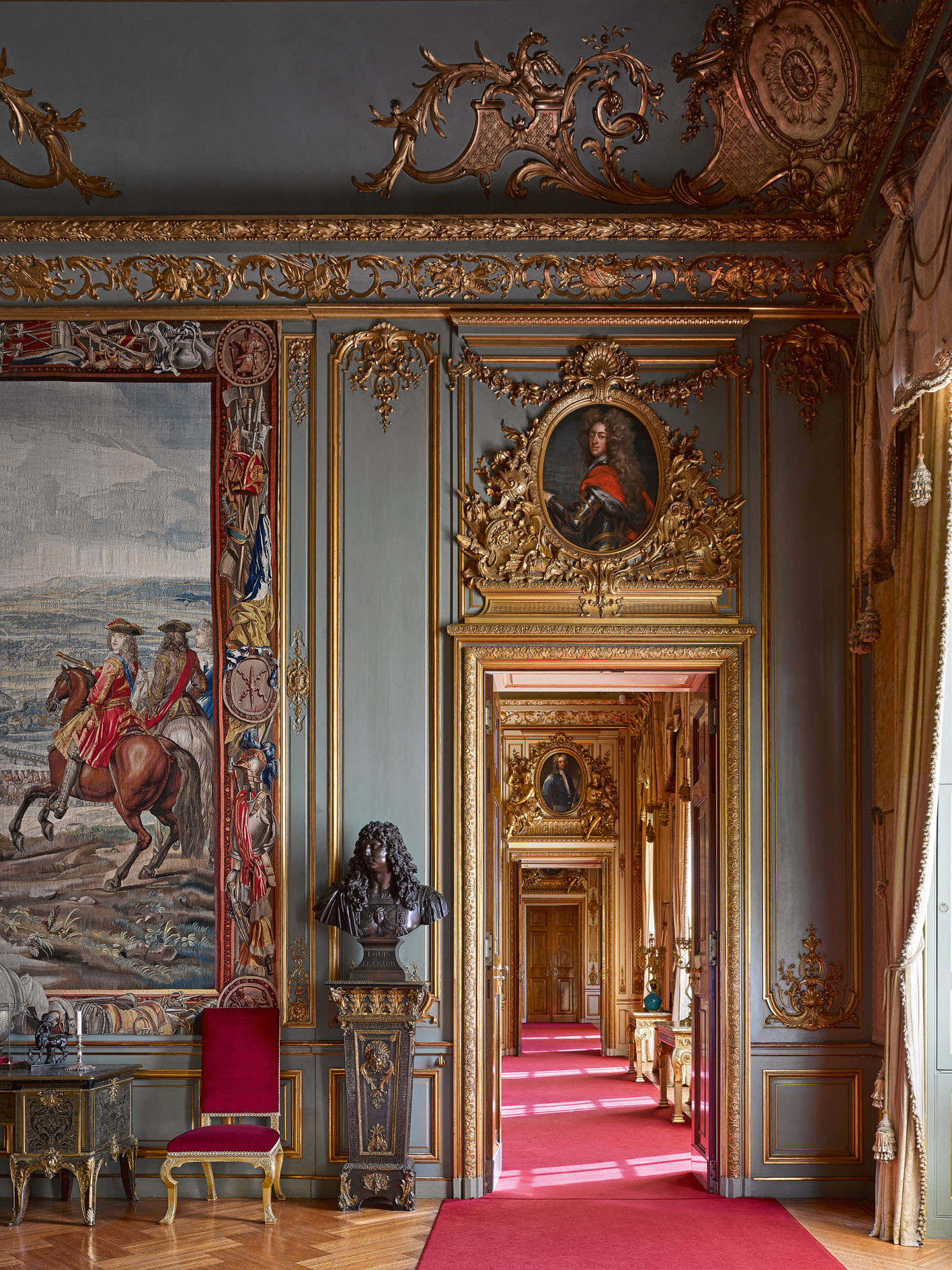
Such was the scale of Blenheim that the government, which was still committed to war with France, immediately began to struggle to find money for it. The Duke’s next victory at Ramillies, on May 23, 1706, however, oiled the wheels and also helped win a remarkable dynastic concession. The last surviving son of the Duke and Duchess had recently died and, in December 1706, the Queen confirmed that all the honours she had conferred could pass through the female line. It was almost certainly in response to this security that the designs for Blenheim underwent a series of important modifications early in 1707: the whole building was heightened and the columns on the south front transformed from their original, squatter Doric to more attenuated Corinthian form. The change required some demolition work.
A year later, in April 1708, the form of the entrance portico was finally settled (Fig 1) and, in September 1709, the Duke shipped back a 30-ton marble bust of Louis XIV from the captured citadel at Tournai as a trophy. It still presides over the south front (Fig 7) above a bragging Latin inscription that means: ‘The assertor of the liberties of Europe dedicates these lofty honours to the genius of Britain.’
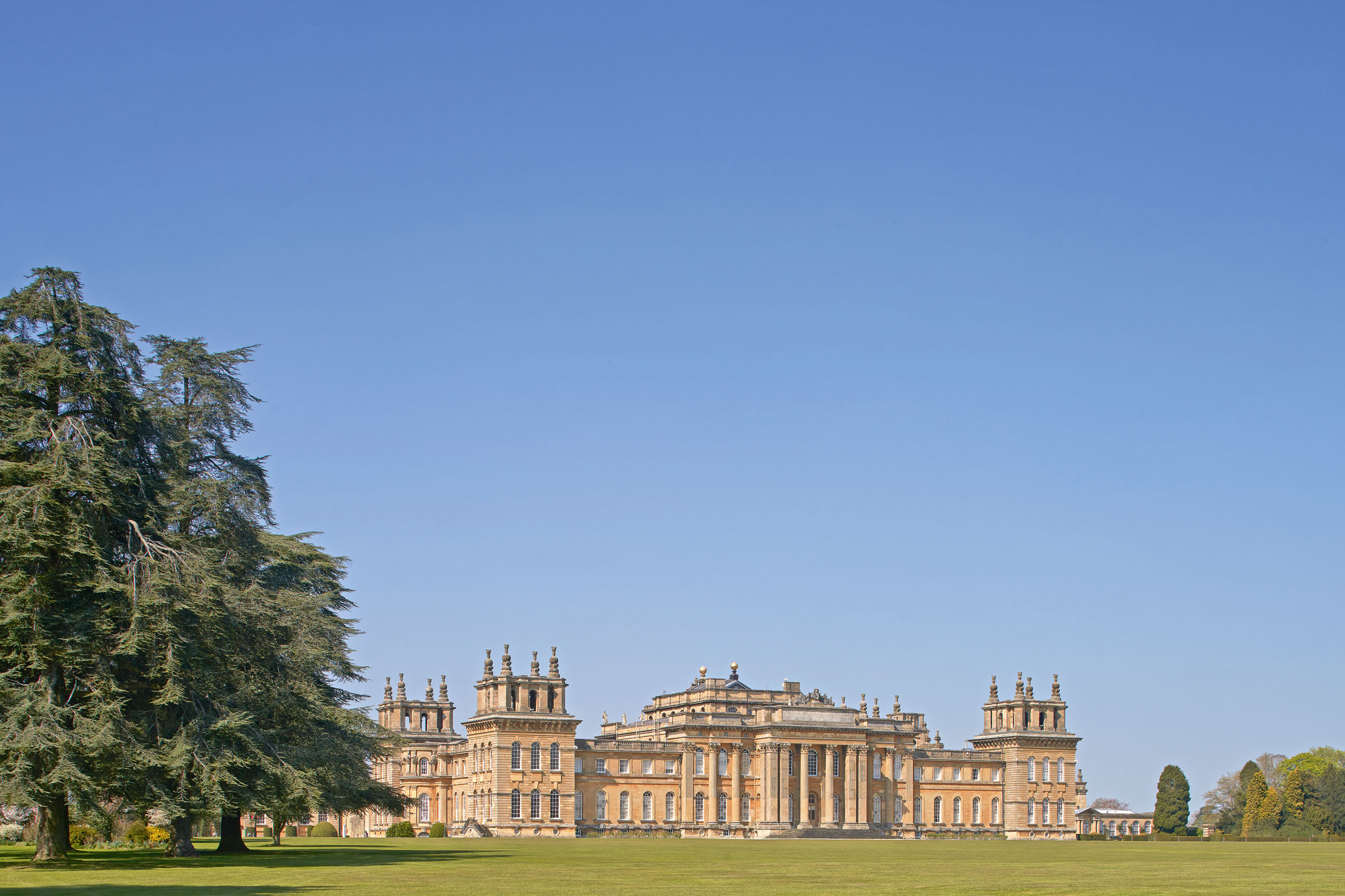
Yet triumphs abroad could do nothing to protect the Duke from political reverses at home. The long intimacy of the Duchess and Queen had always been slightly unstable and, by 1709, it was beginning to break down irreparably, helped by the emergence of a new royal confidant, Abigail Hill, and the political ascendancy of Robert Harley, Earl of Oxford. The two women met for the last time in April 1710 and, nine months later, the Duchess was stripped of her offices and dismissed from the Court. The Duke suffered the same fate in December 1711.
Over the same period, work to Blenheim slowed and then halted. By the summer of 1712, the Treasury had laid out the enormous sum of some £233,000 and left outstanding debts of almost £45,000. The building, meanwhile, was uninhabitable and the whole project was criticised in a letter by 3rd Earl of Shaftesbury that circulated privately (and was published in 1732). The Duke and Duchess left Britain for the Continent the following year and suffered a period of political exclusion before their fortunes changed again.
The fall of the Tory administration in 1714 encouraged them to return to England, where they arrived at Dover on August 1, the day that Queen Anne died. The Duke was popularly viewed as a guarantor of the Protestant Succession and received an enthusiastic welcome in London. A grateful George I not only restored him to military office, but, presumably at his request, knighted Vanbrugh on his arrival at Greenwich.
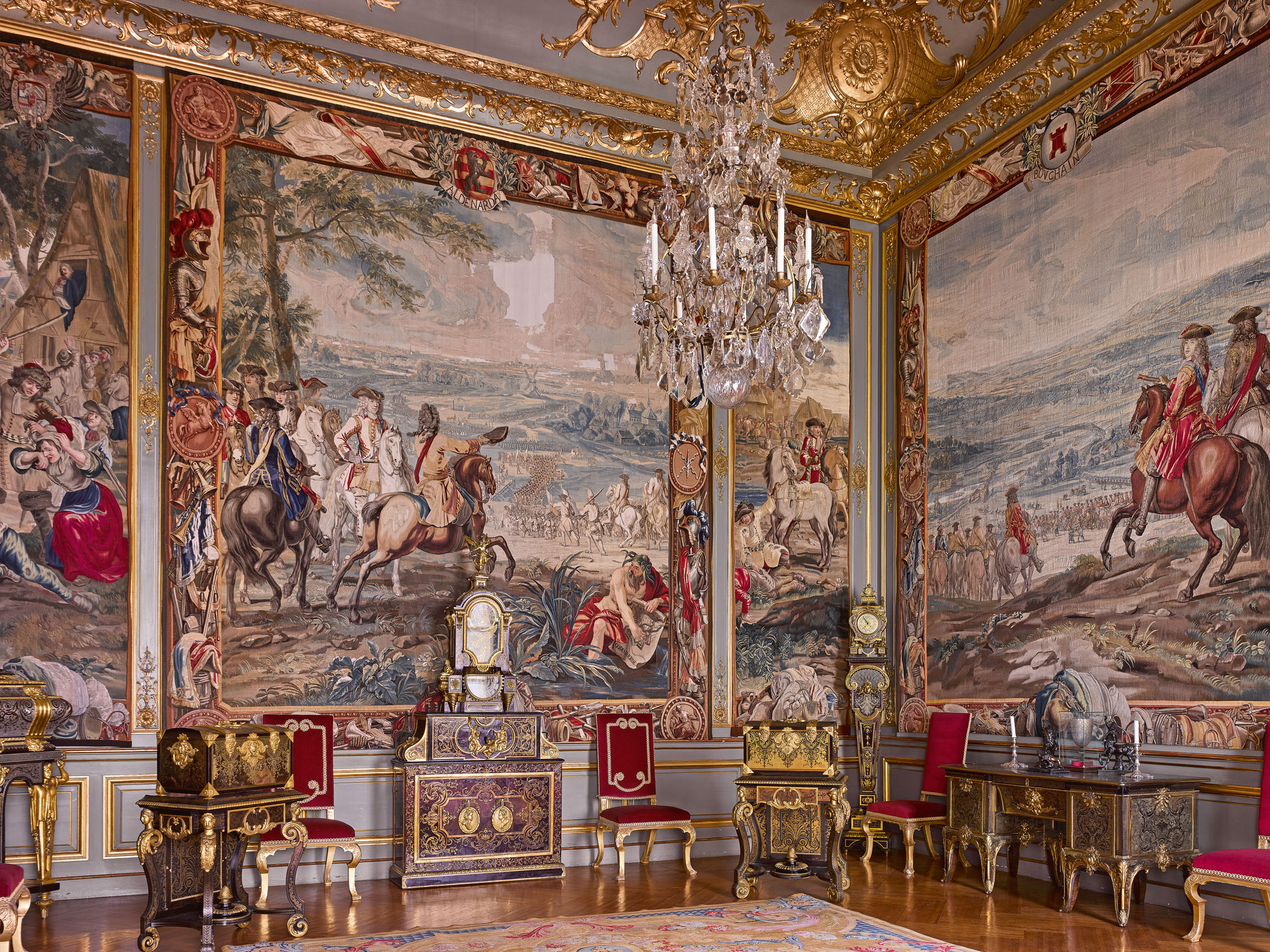
With their fortunes restored, the couple began to contemplate resuming the work to Blenheim themselves. Shortly before this got under way, however, on May 28, 1716, the Duke suffered a paralytic stroke and effective control of the project thus passed to the Duchess. She had always been dismissive of Blenheim and the strained relations between her and Vanbrugh rapidly descended into mutual loathing; Vanbrugh later described her as ‘that B.B.B.B. old B. the Duchess of Marlbh’. He resigned from the project on November 8.
Soon after his departure, the Duchess dismissed James Thornhill, who had painted the ceiling of the hall (Fig 3). She regarded his charge of 25 shillings as extortionate and, in 1718, turned instead to the artist Louis Laguerre to decorate the saloon (Fig 5), for which she paid £500 (Fig 4). The costs of Blenheim continued to irk the Duchess and, in 1721, she unsuccessfully attempted to sue Vanbrugh, Hawksmoor and 419 other defendants for conspiracy over the project. In the meantime, she took the advice of a cabinetmaker, James Moore.
The Duke died on June 16, 1722 with an estimated fortune of about £1 million and the Duchess now sought to complete Blenheim as his memorial. Despite all that had passed, Hawksmoor, for whom she had affection, resumed oversight of the works. From 1722–25, he completed the interiors of the building, including the gallery and state rooms.
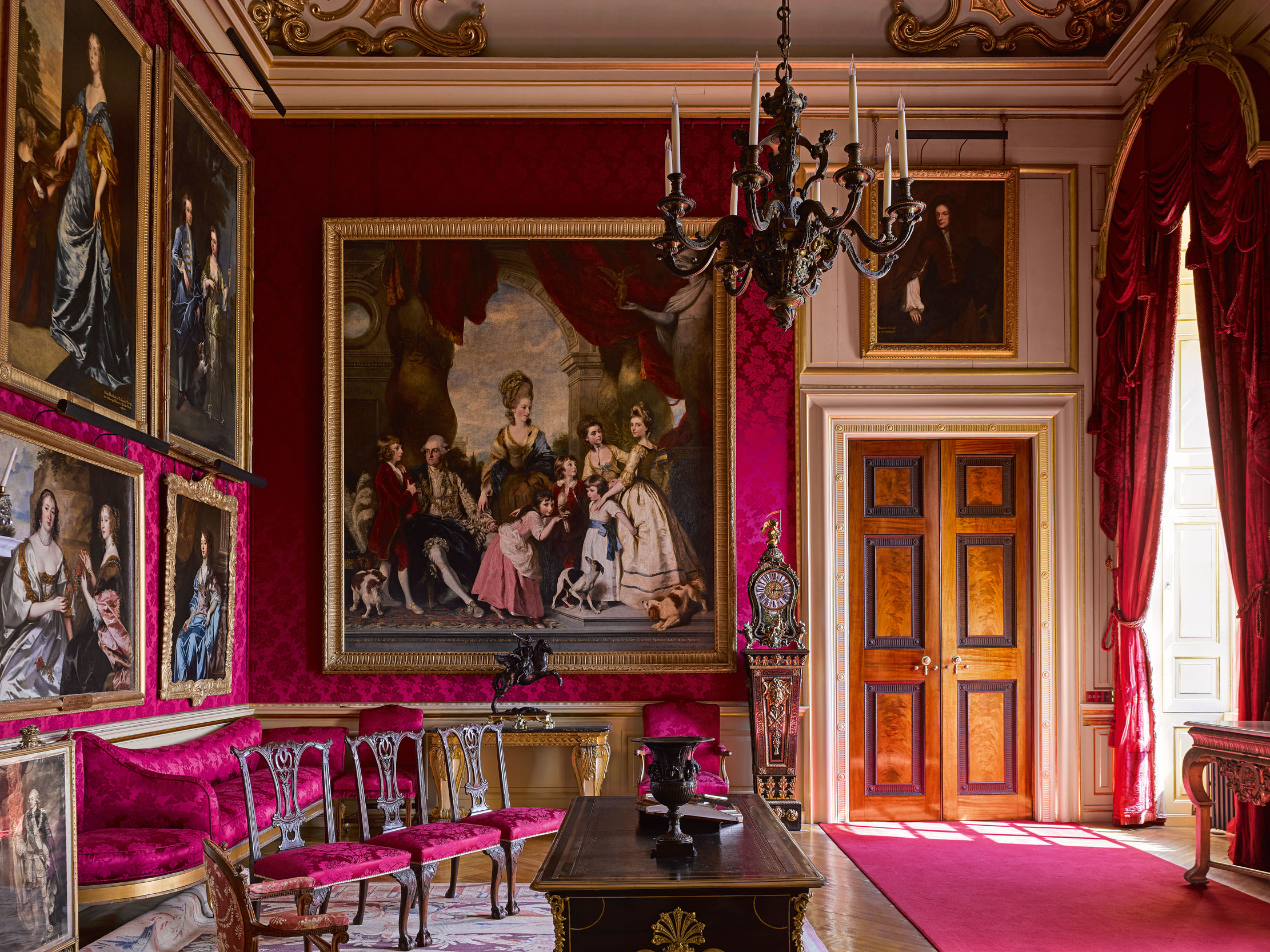
At the same time, he finished the Grand Bridge (a particular object of the Duchess’s contempt) and also the triumphal arch known as the Woodstock Gate. In 1723, the last remains of the medieval manor house, which Vanbrugh had tried to preserve as ‘one of the most agreeable objects that the best of landscape painters can invent’, were cleared away. Hawksmoor also intended an obelisk in the landscape, but this was substituted for a victory column built between 1728 and 1731. Finally, he oversaw the completion of the chapel, where the Duke was buried with the Duchess after her death on October 18, 1744.
Ever since its completion, Blenheim Castle — or ‘Blenheim Palace’, as it is now no less exceptionally termed — has remained a building against which other British architectural prodigies match themselves. It sets a very high bar precisely because its vast dimensions work so effectively: the treatment and detailing powerfully convey scale (Fig 2) and balance regularity with variety and interest.
For a building so bound up with military triumphalism over France, there is a nice twist to its subsequent complex history. Financial difficulties forced the sale of most of the important contents in the 1880s, leaving some 18th-century collections (Fig 9), and the 9th Duke married the railway heiress Consuelo Vanderbilt in 1895 to mend his fortunes. It was a famously unhappy marriage, but the money it yielded allowed the Duke to restore the building. He redecorated the state interiors in the French Rococo style (Figs 6 and 8). It is a style supremely appropriate to the house, but also popular to the internationally rich in the late 19th century. Perhaps, therefore, Louis XIV can claim his own posthumous victory at Blenheim.
See www.blenheimpalace.com for more about the palace, its history, and how to pay a visit

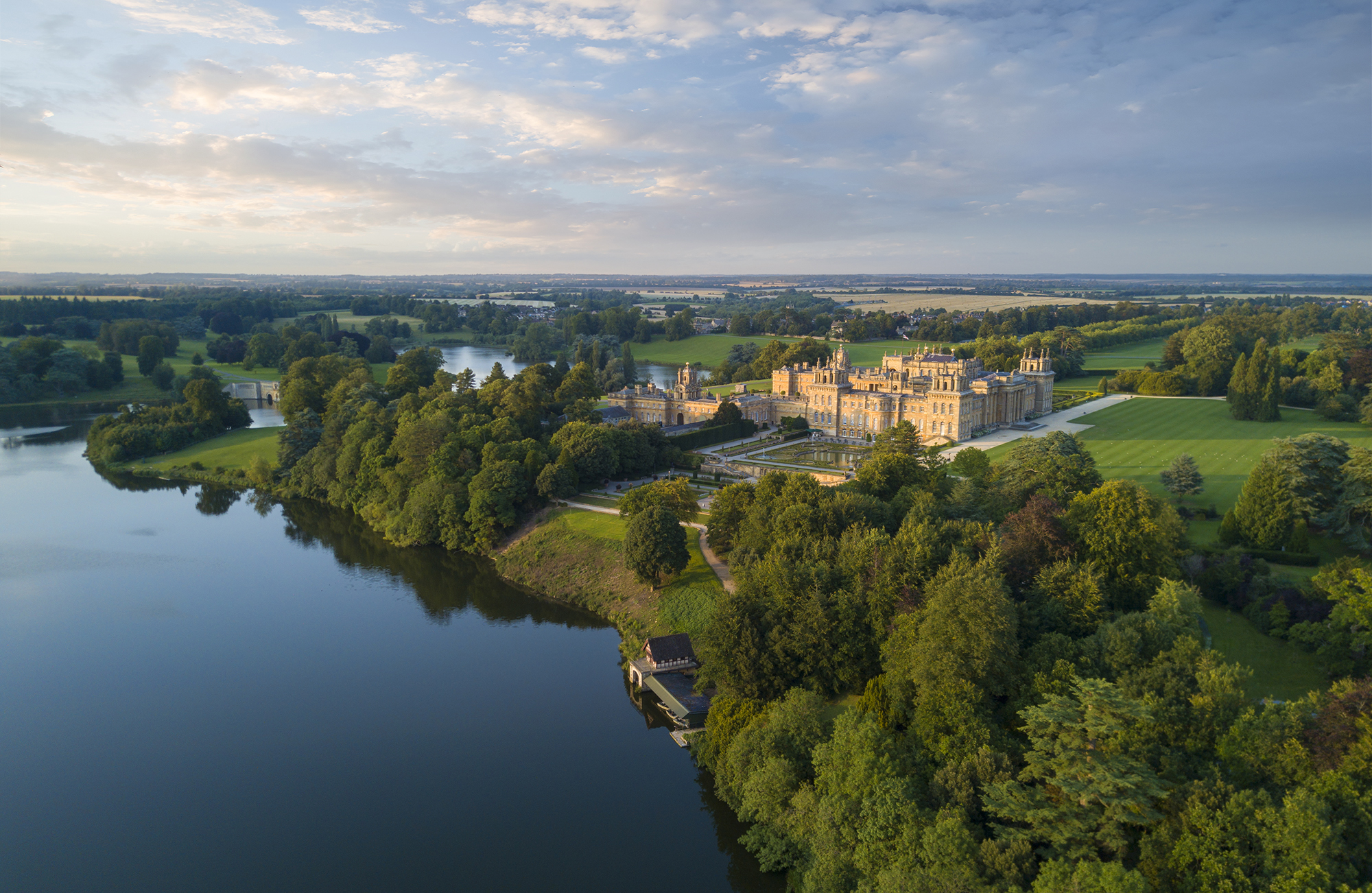
Five things you didn't know about Blenheim Palace, from helping with royal adulterers to its unique role in equal rights
Blenheim Palace, the Duke and Duchess of Marlborough's Oxfordshire home, is one of the most famous country houses on the
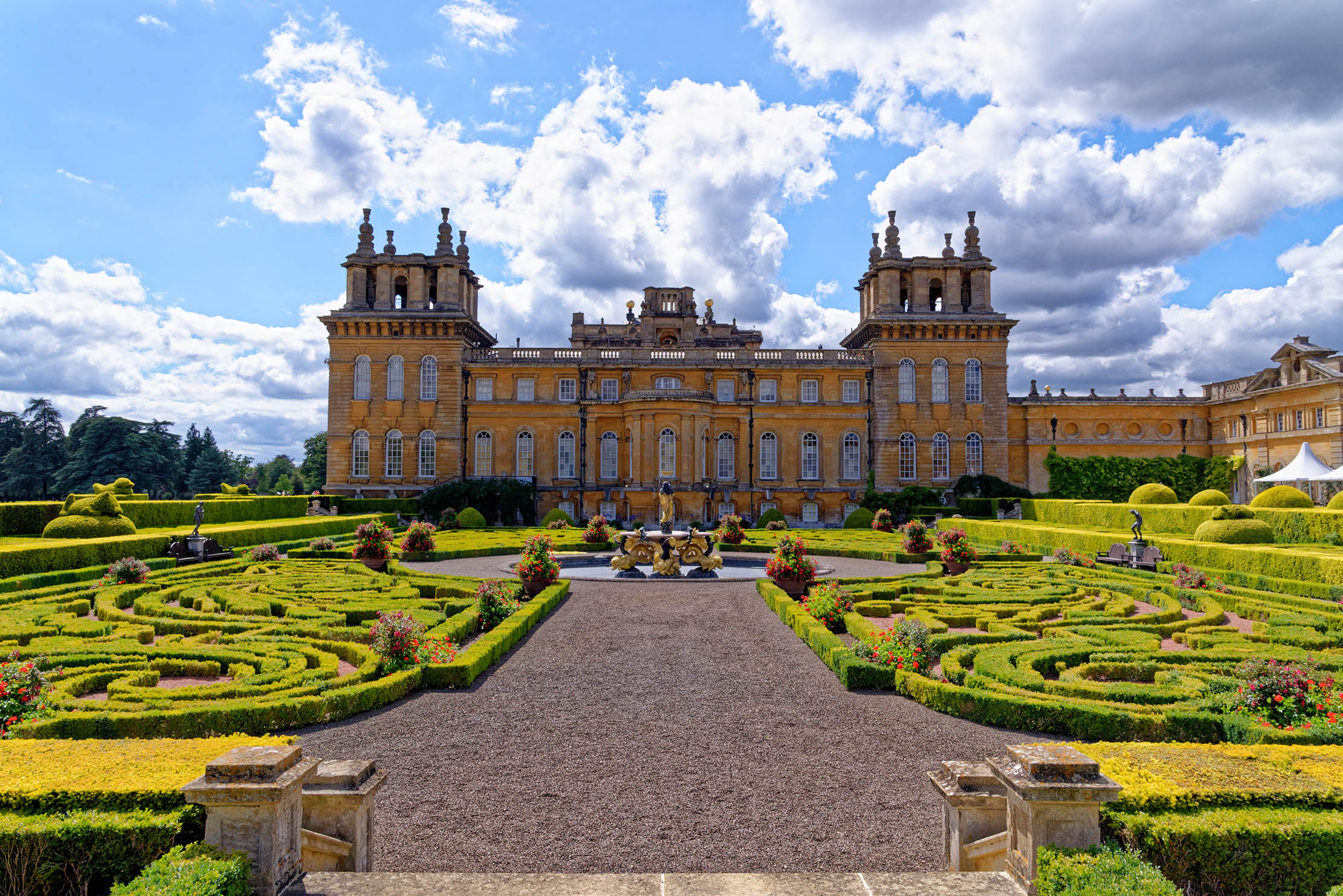
Blenheim Palace: The tale of the only country house to be granted the title 'palace'
With its 856ft-long, exuberant frontage, Blenheim Palace is the crowning glory of Vanbrugh's work. Jack Watkins takes a look at
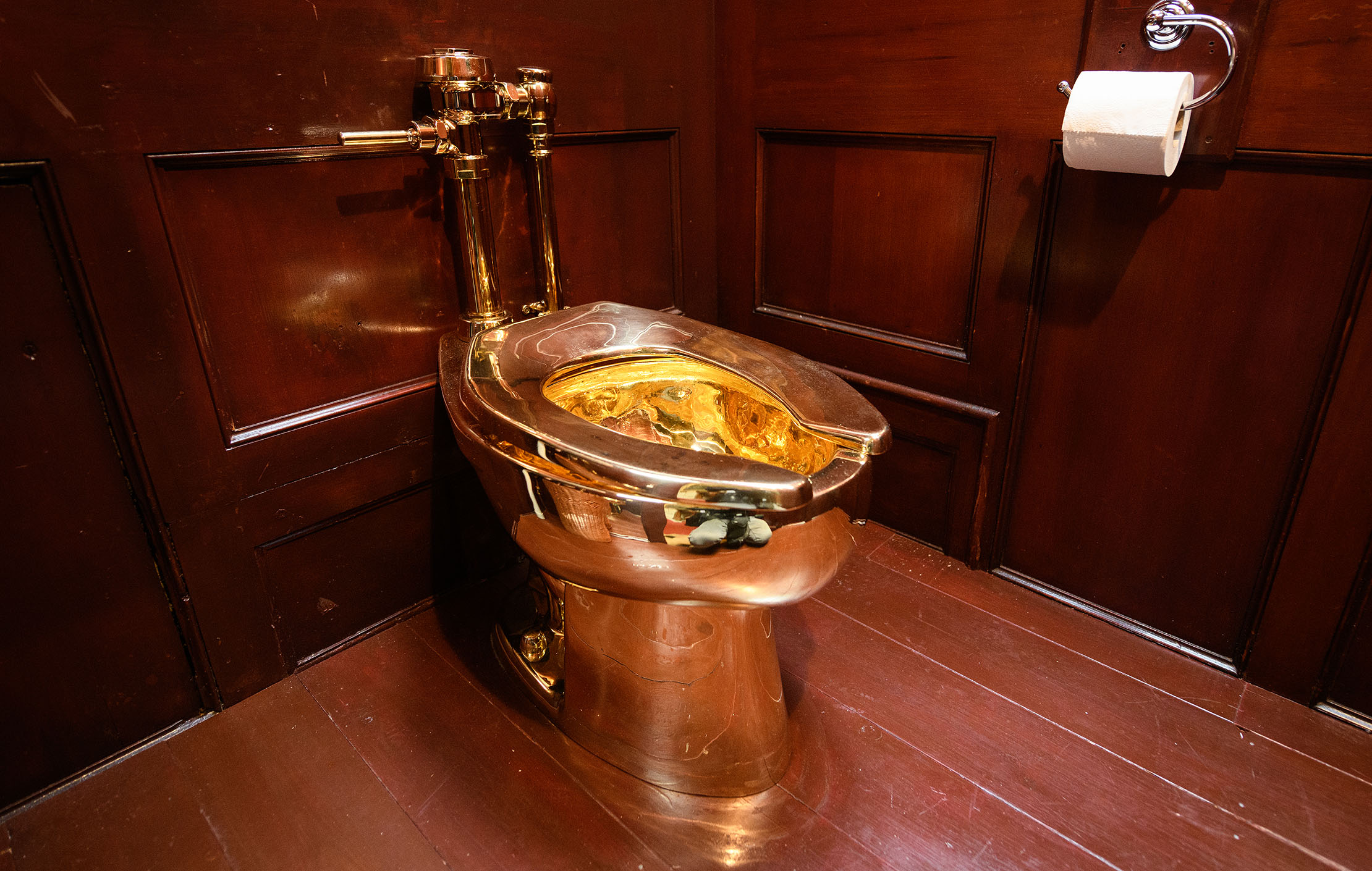
Country Life Today: Thieves who stole Blenheim Palace's golden loo might be 'the real artists', suggests Cattelan
This morning's news looks at an extraordinary theft from Blenheim Palace, re-visits William Wallace's most famous victory and enjoys the
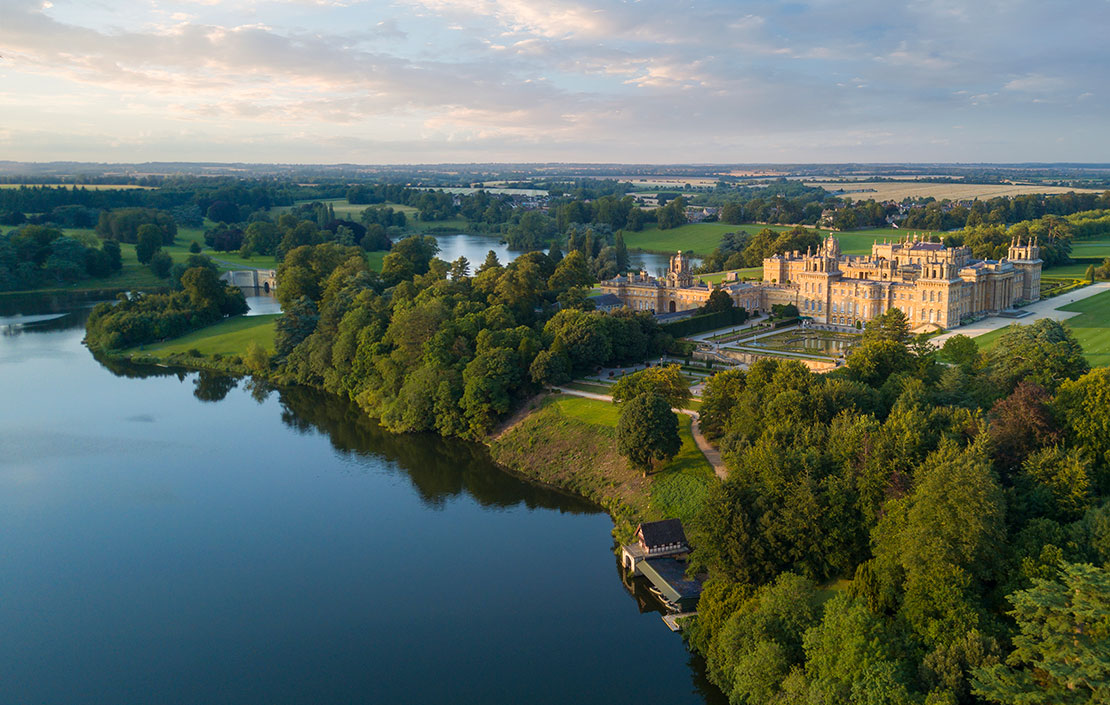
Blenheim Palace's lost ballroom, theatre and chambers seen for the first time in 250 years
Recent work has meant that chambers unseen for 250 years have emerged from the murky underwater depths at Blenheim Palace,

John spent his childhood in Kenya, Germany, India and Yorkshire before joining Country Life in 2007, via the University of Durham. Known for his irrepressible love of castles and the Frozen soundtrack, and a laugh that lights up the lives of those around him, John also moonlights as a walking encyclopedia and is the author of several books.
-
 'To exist in this world relies on the hands of others': Roger Powell and modern British bookbinding
'To exist in this world relies on the hands of others': Roger Powell and modern British bookbindingAn exhibition on the legendary bookbinder Roger Powell reveals not only his great skill, but serves to reconnect us with the joy, power and importance of real craftsmanship.
By Hussein Kesvani
-
 Spam: The tinned meaty treat that brought a taste of the ‘hot-dog life of Hollywood’ to war-weary Britain
Spam: The tinned meaty treat that brought a taste of the ‘hot-dog life of Hollywood’ to war-weary BritainCourtesy of our ‘special relationship’ with the US, Spam was a culinary phenomenon, says Mary Greene. So much so that in 1944, London’s Simpson’s, renowned for its roast beef, was offering creamed Spam casserole instead.
By Country Life